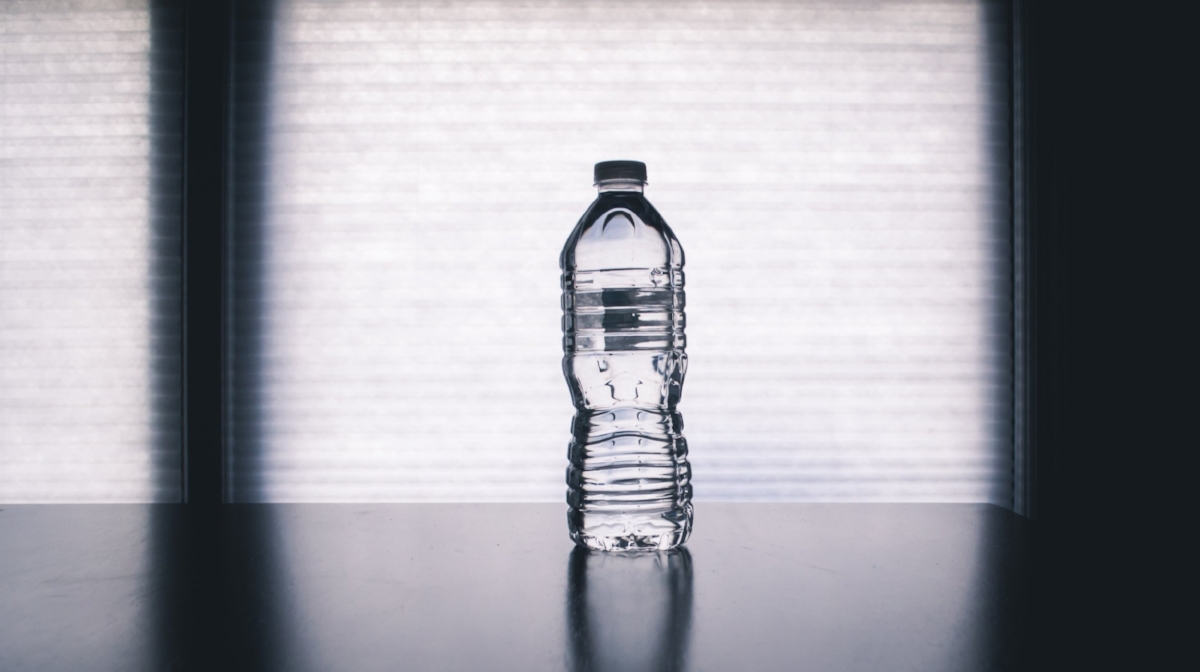Life Science: Plastic Bottles Not Only Unsustainable, But Also A Danger To Your Health
Humans have become consumed by plastic. We use plastic straws, plastic packaging for our groceries and plastic bags for our plastic grocery packages. Plastic doesn’t go away. It melts and forms smaller and smaller pieces until its barely recognizable, so we forget about it, but it runs into our oceans and then can enter our drinking water. Recently in Hawaii, rocks were found composed of plastic, volcanic rock, beach sand, seashells, and corals, affectionately named, ‘plastiglomerates’. As wildly impressive as it is that humans have produced so much plastic that once it melts by the effect of fires or volcanic lava, it forms onto rocks and they grow and around it, this can be harmful. If preserved, we can look at it thousands of years from now and say yup, this is when we screwed up. The United States being one of the top 5 waste generating countries, can’t handle this much trash. Paper and cardboard can be burned in those large abominable trash mountains we drive by but plastic stays around for a long time.
Did you know that along with being surrounded by plastic we’re also ingesting it? A study done by Fredonia University tested 259 water bottles across 11 brands, from 9 countries. These are brands such as Dasani, Aquafina, Evian, and Nestle Pure Life, ones many of us enjoy regularly. They found that within these water bottle brands 93% of them contained microplastic particles within their water. The sizes of these particles ranged up to about the width of a strand of human hair. However, they did determine that some of these particles came from the water source of the bottling companies but the amounts that they discovered within the plastic bottles doubled what was found at the water source. Nestle reported having known that their water bottles contained microparticles of plastic but reassured that “it’s not enough to cause harm” and that this study only provides “unnecessary fear in consumers”. Whether those statements are true or not, I believe it’s important for everyone to know what goes on inside their bodies. The plastic in our oceans and now embedded in our terrestrial landscapes have unknown and unprecedented effects on our environment. There hasn’t been enough research to know how this will indeed affect people internally.
The researchers identified the amount of plastic by adding a dye called Nile Red to each bottle. This dye was developed originally to observe the amount of plastic in sea water. This dye attaches to the plastic microparticles, staining them, enabling the researchers to measure and count them. Plastics such as polypropylene, nylon, and polyethylene terephthalate (PET) were discovered floating throughout the water. This study is new, but this type of research is not. Scientists have even proposed a new time period after our contributions to the environment in the last ~15,000 years we’ve been here, the Anthropocene. Although this is still under debate as a delineation, this epoch, as it’s called, is marked by plastic deposits found in our sediment and other changes humans have made to the environment. Such as the introduction of invasive species around the world (livestock, crops, etc.), and the reduction of worldwide biodiversity by deforestation for example.
How will this affect our bodies? In the study, researchers stated that these particles may be so small that they simply pass through our system. Yet, they are unsure what it does to us internally during that time. In fact, if one were to ingest 1 liter of bottled water a day, they will have also ingested thousands of plastic microparticles within a single year. According to the European Union report of 2016, we can pass up to 90 percent of these microparticles through our gut without any harm done. As for that other roughly 10 percent (if very small <0.15 millimeters), it could enter our gut’s lymphatic system or even worse could pass through our bloodstream into the liver or kidneys all of which could cause an immune response. The study at Fredonia found plastic within that range, although this report from the EU is just a model.
This is not aimed to single out particular brands or tell you which water bottles not to drink, but instead to raise awareness that this is everywhere. Plastic is all around us and we might need to be more conscious of it. That water bottle that you drank from once, or that plastic container you use for your food, never really goes away. It becomes smaller and smaller slowly building up across the planet. Most of you will continue drinking your Nestle or Aqua water bottles after this and that’s totally fine, but at least now you have a better idea of what’s going inside your body.

